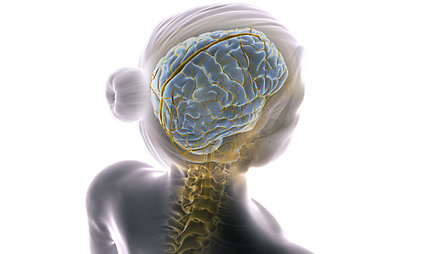Meet Merryl, a resilient stroke survivor
23-May-2025
Stroke is a leading cause of death and disability worldwide.1 For survivors, life after a stroke is a unique and often challenging journey. In Merryl's case, he dismissed early warning signs for nearly two days, mistakenly believing his symptoms would resolve on their own. As a survivor, he is passionate about raising awareness of the critical importance of seeking immediate medical attention after experiencing any stroke symptoms to minimize potential damage and disability.
“As I go back and look at it, I had all of the symptoms of a stroke, except for one, and I chose to ignore it,” said Merryl. “B.E. F.A.S.T. is an acronym used for the symptoms of a stroke. B stands for loss of balance. E stands for drooping eyes or blurred vision. F stands for face - a drooping face. A stands for weakness of your arms. S stands for speech, slurred speech, and T stands for time to get medical attention as quickly as possible.”
Thanks to his wife for getting him to the hospital and the skilled intervention of local healthcare professionals, Merryl received treatment for the blood clot in his brain.
Reflecting on his experience, Merryl emphasizes, “I am an example to my entire family that you don't let setbacks define you.”
Since his stroke, Merryl has been remarkably active. He's built a storage shed in his backyard, constructed a pavilion for outdoor gatherings, and begun renovating his basement. He has also returned to work full-time. Merryl is moving forward, enjoying an active lifestyle and cherishing time with his loved ones.
Life after a stroke – Merryl’s stroke survivor story
Be educated on the warning signs of stroke
Learn MoreWhat are the symptoms and signs of stroke?
Learn how to spot the signs of stroke using the B.E. F.A.S.T. acronym.
Learn moreFive things you need to know about high blood pressure and stroke
Learn about the connection between high blood pressure and stroke and our focus on advancing the practice of less invasive stroke therapies.
Learn moreReference
1. World Stroke Organization. ‘Impact of stroke.’ Accessed 9 January 2025 via https://www.world-stroke.org/world-stroke-day-campaign/about-stroke/impact-of-stroke
Copyright © 2025 Stryker
AP004826 v1.0


